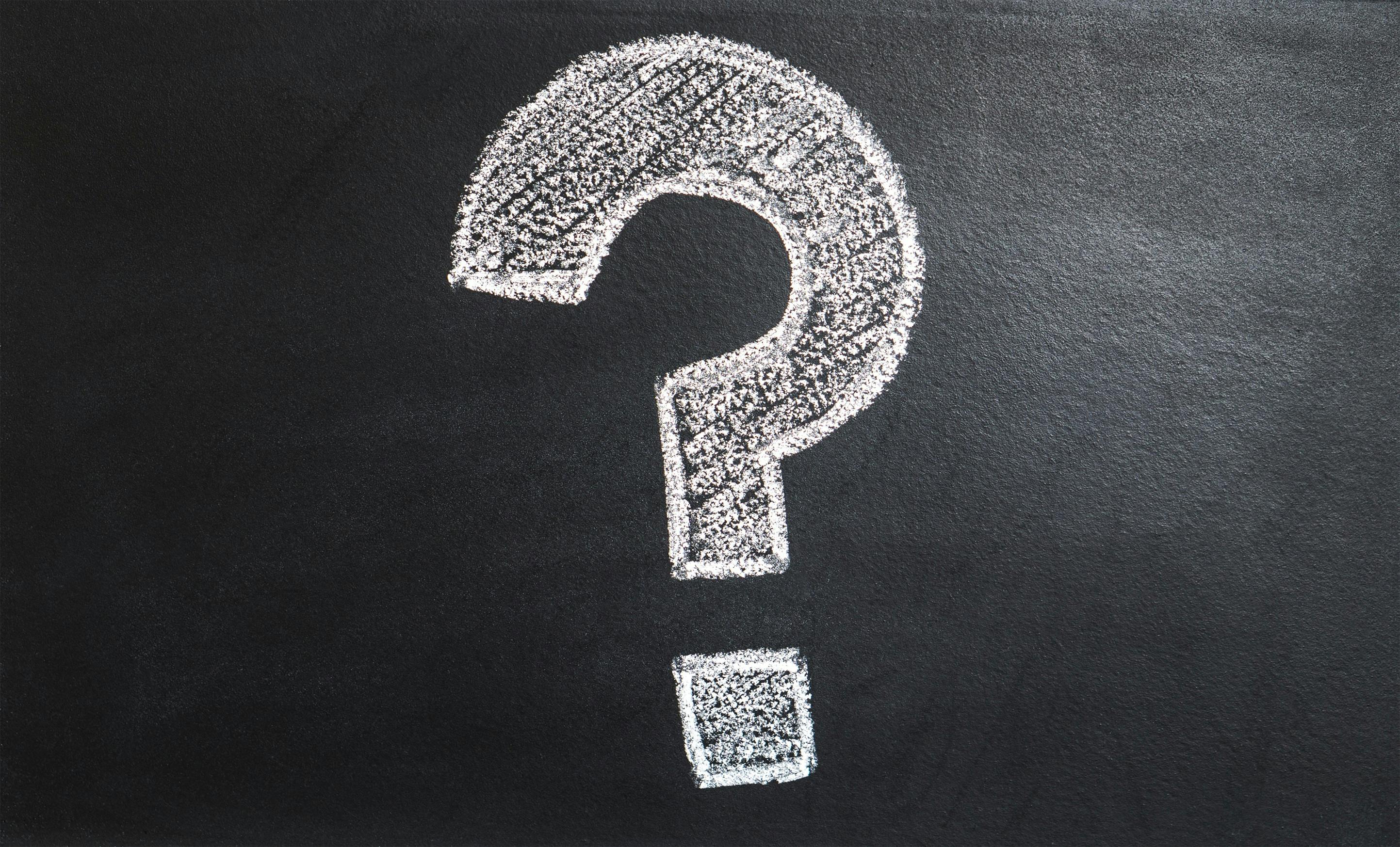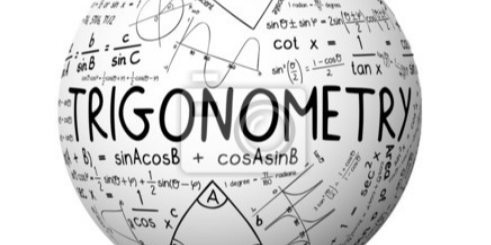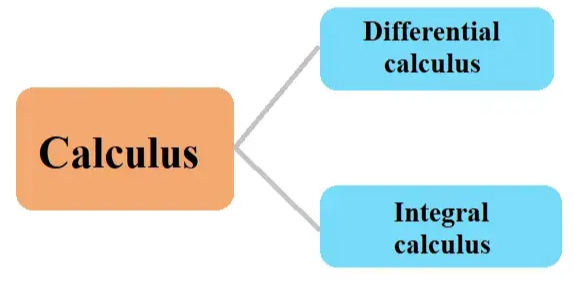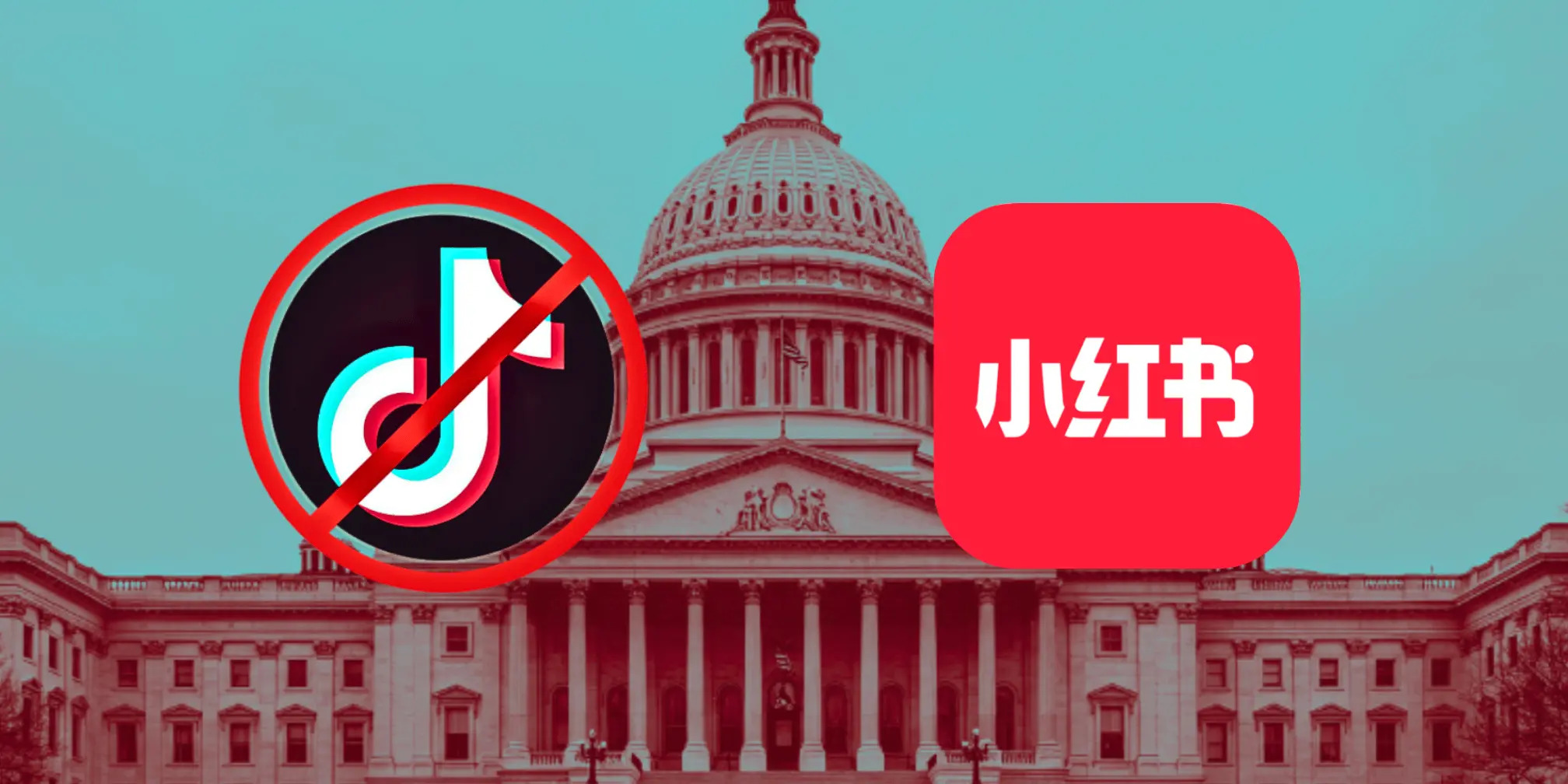How to Write a Hook?
Learn how to craft a compelling essay hook that grabs attention! Explore 5 types of hooks (question, quote, statistic, anecdote), actionable tips, and real examples to engage readers from the first sentence.
A compelling hook is the cornerstone of any successful essay, acting as the gateway between your reader’s fleeting attention and the depth of your ideas. It’s the opening sentence or two designed to seize curiosity, provoke thought, or evoke emotion, ensuring your audience stays engaged from the first word. Whether you’re crafting an argumentative essay, a narrative piece, or a research paper, a strong hook does more than just “grab” attention—it sets the tone, establishes credibility, and subtly hints at the essay’s central theme. Think of it as the spark that ignites a reader’s interest: without it, even the most well-reasoned arguments risk being overlooked.
What Is a Hook in an Essay?
A hook is a concise, engaging opening statement that appears at the beginning of an essay, typically in the introduction. Its primary purpose is to immediately capture the reader’s interest and create a connection between the audience and the topic. Think of it as the literary equivalent of a first impression—if it’s dull or generic, readers may lose interest before reaching your thesis. A well-crafted hook not only intrigues but also subtly introduces the essay’s theme, whether through a provocative question, a striking statistic, a relatable story, or a relevant quote. By mastering hooks, writers can transform mundane openings into memorable introductions that command attention.
Types of Hook
Question Hook
A question hook invites readers to engage directly with your essay by posing a thought-provoking inquiry. This technique works best when the question is relevant to your thesis and challenges common assumptions. For example, in an essay about climate change, you might ask, “What if the Earth’s temperature rises by 5°C within our lifetime?” Avoid yes/no questions, as they lack depth. Instead, opt for open-ended questions that encourage reflection and set the stage for your argument. This approach not only piques curiosity but also positions the reader as an active participant in the discussion.
Quotation Hook
A quotation hook leverages the words of a notable figure, expert, or historical source to add authority or poetic flair to your essay. Choose a quote that aligns closely with your topic and resonates emotionally or intellectually. For instance, in an essay about resilience, you might cite Maya Angelou: “You may encounter many defeats, but you must not be defeated.” Always contextualize the quote by explaining its relevance to your thesis. This method works particularly well in persuasive or literary essays, where external voices can amplify your message.
Statistic Hook
A statistic hook uses a surprising or little-known data point to shock or intrigue readers. Numbers lend credibility and urgency, making them ideal for analytical or research-based essays. For example, “Over 90% of plastic waste in oceans comes from just ten rivers.” Ensure the statistic is recent, accurate, and from a reputable source. Follow it with a brief explanation of why it matters, linking it to your broader argument. This approach is effective for topics requiring empirical evidence, such as environmental issues or public health.
Anecdotal Hook
An anecdotal hook draws readers in with a short, vivid story or personal experience. This technique humanizes abstract topics and fosters an emotional connection. For example, in an essay about homelessness, “As I handed a sandwich to a shivering man under the bridge, he whispered, ‘This is my first meal in three days.’” Keep anecdotes brief and relevant, avoiding unnecessary details. This style works well in narrative essays or when addressing social or ethical issues, as it grounds the discussion in real-life experiences.
Importance of a Hook
A strong hook is critical because it determines whether your essay will be read or ignored. In today’s fast-paced world, readers often skim content, and a bland opening gives them little reason to continue. A compelling hook breaks through this noise by immediately establishing relevance and urgency. For academic essays, it signals rigor and originality, persuading instructors that your work is worth their time. In creative or persuasive writing, it builds emotional resonance, making abstract ideas relatable.
Hooks also frame your essay’s purpose. By introducing a central question, statistic, or narrative, they guide readers toward your thesis while maintaining intrigue. For example, a shocking statistic about food waste in an environmental essay primes readers to care about sustainable solutions. Conversely, a weak hook—like a vague statement or cliché—undermines credibility and fails to contextualize the topic.
Moreover, hooks cater to psychological principles: curiosity gaps, emotional triggers, and pattern recognition. Humans are wired to seek resolution, and a provocative hook taps into this instinct. Whether you’re writing for academia, journalism, or marketing, mastering hooks ensures your message isn’t just seen—it’s remembered.
Tips and Examples for Crafting a Great Hook
Strategies for Creating a Hook
Crafting an effective hook requires a blend of creativity and strategic thinking. One powerful approach is to start with contradiction—presenting a paradox or unexpected contrast that immediately piques curiosity. For instance, an essay on renewable energy might open with, “Solar panels are hailed as symbols of sustainability, yet their production relies on mining practices that devastate ecosystems.” This technique works because it challenges assumptions and compels readers to seek resolution.
Another strategy is to invoke the senses by painting a vivid scene or evoking specific emotions. Descriptive language immerses the reader, transforming abstract ideas into tangible experiences. Consider a hook for a historical essay, “The acrid smell of gunpowder hung in the air as soldiers scribbled final letters by flickering candlelight.” Such imagery not only grabs attention but also establishes tone and context.
Connecting the familiar to the unfamiliar can also engage readers. By linking a well-known concept to a fresh perspective, you create intrigue. For example, a social media essay might begin, “Like Victorian-era letter writers, Gen Z curates their lives online—but with one crucial difference: permanence.” This method bridges relatability and novelty, making complex topics accessible.
Urgency is another key element. Highlighting timeliness or high stakes motivates readers to care. A climate change hook could emphasize, “Within the next decade, 50% of the world’s coral reefs will vanish unless action is taken now.” Pairing urgency with specificity amplifies impact.
Experimenting with structure offers additional flexibility. A puzzle hook poses a mystery, such as, “Three cities. One epidemic. Zero answers.” Short, punchy phrases create rhythm and suspense. Similarly, a dialogue hook drops readers into a conversation: “‘You’ll regret this,’ she warned—and by sunrise, I understood why.” Dialogue adds immediacy and humanizes abstract themes.
Finally, always align the hook with your thesis. A hook about space exploration might dazzle, but if your essay focuses on education reform, it risks seeming disjointed. Test each hook by asking, Does this naturally lead into my core argument? If not, refine it to ensure cohesion. By blending these strategies, writers can craft hooks that are both captivating and purposeful.
Examples
Question Hook
“Would you trust a robot to perform your surgery?”
This provocative question suits essays on AI ethics or healthcare innovation, prompting readers to weigh the risks of automation.
“What if schools graded creativity instead of memorization?”
Ideal for education reform topics, this hook challenges traditional assessment models.
Quotation Hook
“As Carl Sagan said, ‘Somewhere, something incredible is waiting to be known.’”
Use this in scientific or exploratory essays to underscore the value of curiosity.
“‘The future belongs to the curious,’ claimed physicist Stephen Webb.”
Fits discussions on innovation or lifelong learning, leveraging authority to frame the essay’s focus.
Statistic Hook
“1 in 5 teens experiences cyberbullying before age 18.”
Anchors essays on mental health or digital safety, grounding abstract issues in stark reality.
“Only 8% of Fortune 500 CEOs are women.”
Introduces gender equality debates, using data to highlight systemic disparities.
Anecdotal Hook
“As I handed my last dollar to a homeless veteran, he said, ‘Keep it—you need it more.’”
Humanizes poverty or empathy-focused essays by centering lived experiences.
“The day I accidentally texted my boss ‘I quit’ became a lesson in panic management.”
Adds humor to workplace culture essays while subtly addressing resilience.
Humorous/Unconventional Hook
“My cat’s LinkedIn profile lists ‘Professional Nap Consultant’ as his job title.”
Lightens essays critiquing modern work-life trends or digital personas.
“According to my Spotify Wrapped, I’m in the top 0.01% of people who cry to sad playlists.”
Engages audiences in analyses of digital culture or generational mental health habits.
Where to Get Feedback on Your Essay Hook
Always prioritize seeking feedback from real-world sources first—teachers, peers, or writing tutors can offer nuanced insights that algorithms cannot replicate. For example, an instructor might point out that your anecdotal hook feels disconnected from the thesis, while a classmate could suggest sharpening a question hook’s urgency. These interactions provide context-specific advice and foster deeper understanding of your audience’s expectations. However, if in-person feedback isn’t accessible, AI tools serve as efficient supplements.
Use AI Tools
If you’re short on time, AI tools offer a convenient alternative to traditional methods like consulting teachers or peers. Begin with versatile platforms like ChatGPT, which can generate and refine hooks across genres. For example, input your essay topic and a prompt like “Suggest 3 anecdotal hooks about overcoming failure” to receive options such as
“The day I failed my driver’s test for the third time taught me more about perseverance than any success.”
“My first startup collapsed in months—here’s how that disaster became my greatest lesson.”
ChatGPT’s strength lies in its adaptability, whether you’re drafting a research paper or a personal narrative. Use it to brainstorm angles or rephrase clunky openings, but always tailor outputs to your voice.
For academic-focused projects, UpStudy provides targeted support. Its Essay Helper tool evaluates hooks for relevance to your thesis and alignment with scholarly standards. Suppose you’re writing about renewable energy and draft a hook: “Solar power is the future.” UpStudy might suggest, “With solar installations outpacing fossil fuels 3:1 since 2020, the energy revolution is already here—but is it equitable?” The platform also offers grammar checks and structural feedback, making it ideal for essays tied to coursework or exams. If you think AI tutors aren’t enough for you, you can also seek real tutoring on UpStudy!
While ChatGPT excels in creative ideation, UpStudy bridges the gap between innovation and academic rigor. Combine both to craft hooks that are both engaging and intellectually robust.
References:
https://www.esu.edu/writing-studio/guides/hook.cfm












